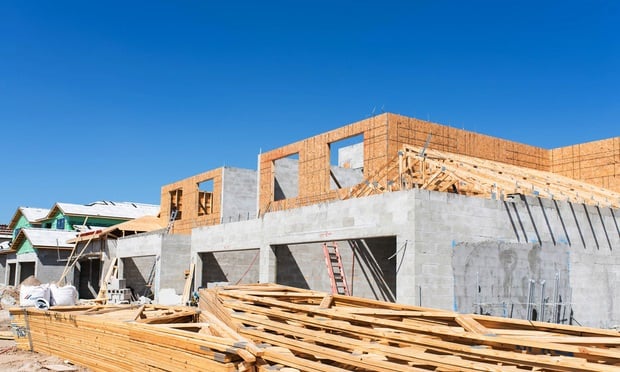The general plan was to consolidate the department store, currently on 10 floors, to the first five floors of the building, opening up 265,000 sf on the top 10 floors for other uses. The early talk was office space, but given the current glut of space more recent discussions have been about apartments, condos or a hotel.
The city and May were set to negotiate an agreement wherein the city would direct the process and put out a request for proposals in the next few months. According to city officials, the entire project was expected to take five years, two-and-a-half years for the retail renovation and consolidation and two-and-a-half years for the redo of the upper floors.
May says it called off its work with the city because it hasn't seen economic models that show it can get the necessary return on its capital investment. Assuming it took on no partners, the investment would have been at least $65 million and likely closer to $80 million.
The required seismic upgrades alone are slated at about $22.2 million and a complete renovation of its first five floors of retail space is estimated at another $6.4 million. Converting the freed up floors for office space was estimated at another $36 million, including the cost of tenant improvement, while a conversion for residential or hotel use has been estimated at closer to $50 million because a light well would have to be cut down into the building to break up the massive 40,000-sf floor plates.
Ross Plambeck, the senior project manager handling the effort for the PDC, told GlobeSt.com in September that the scale of the project would attract proposals from developer all over the country. He added that the city had set aside $3 million to assist May in the process because it was in the city's best interest. "From a public policy standpoint, we want to maintain a solid Downtown core, and in a recently released strategy for the area the top priority was the retention of existing department stores," said Plambeck last month.
Designed for M&F by A.E. Doyle, the steel-framed and white terra cotta-clad structure was built in phases between 1909 and 1932. The building is Oregon's earliest example of the white terra cotta Commercial style department store. It was added to the National Register of Historic Places in 1993.
Want to continue reading?
Become a Free ALM Digital Reader.
Once you are an ALM Digital Member, you’ll receive:
- Breaking commercial real estate news and analysis, on-site and via our newsletters and custom alerts
- Educational webcasts, white papers, and ebooks from industry thought leaders
- Critical coverage of the property casualty insurance and financial advisory markets on our other ALM sites, PropertyCasualty360 and ThinkAdvisor
Already have an account? Sign In Now
*May exclude premium content© 2024 ALM Global, LLC, All Rights Reserved. Request academic re-use from www.copyright.com. All other uses, submit a request to [email protected]. For more information visit Asset & Logo Licensing.








